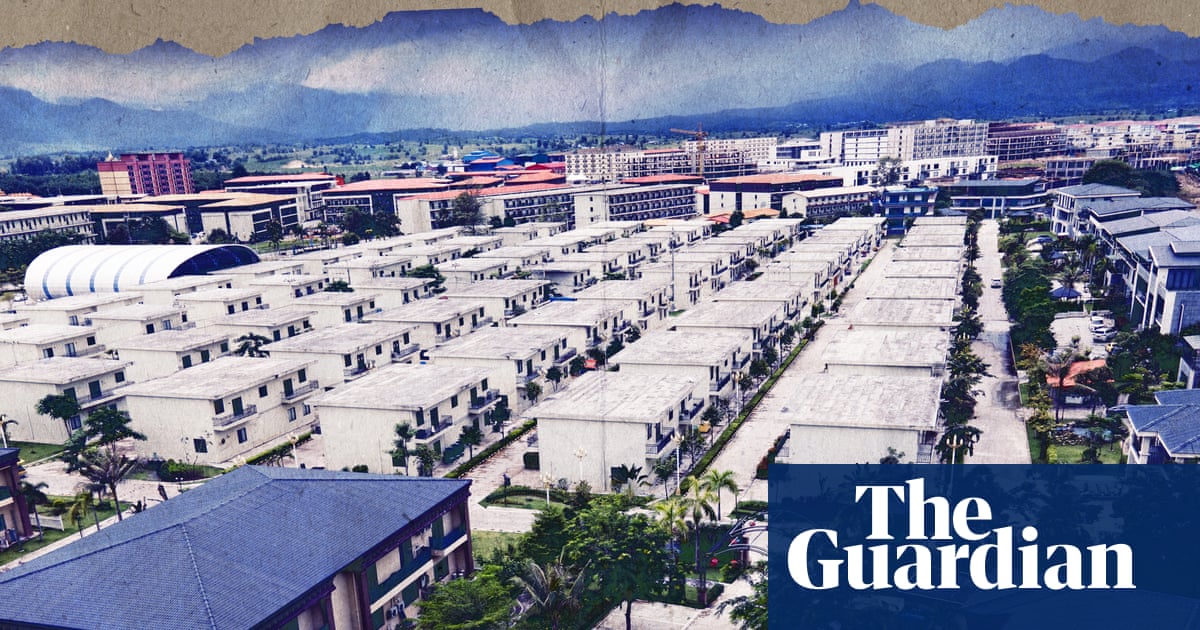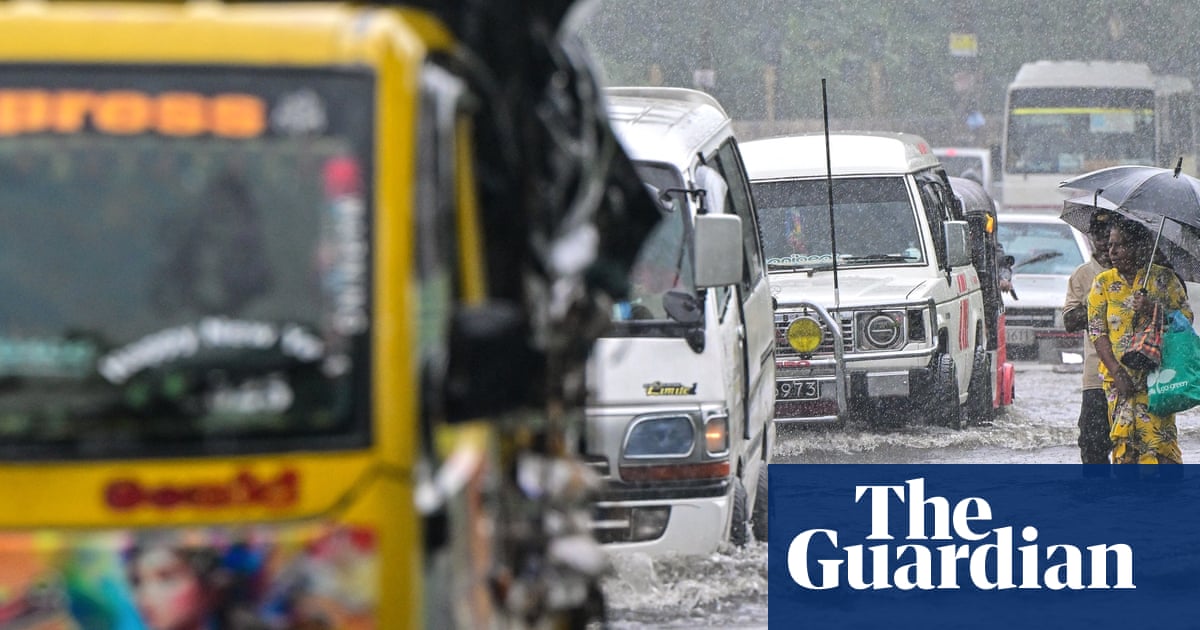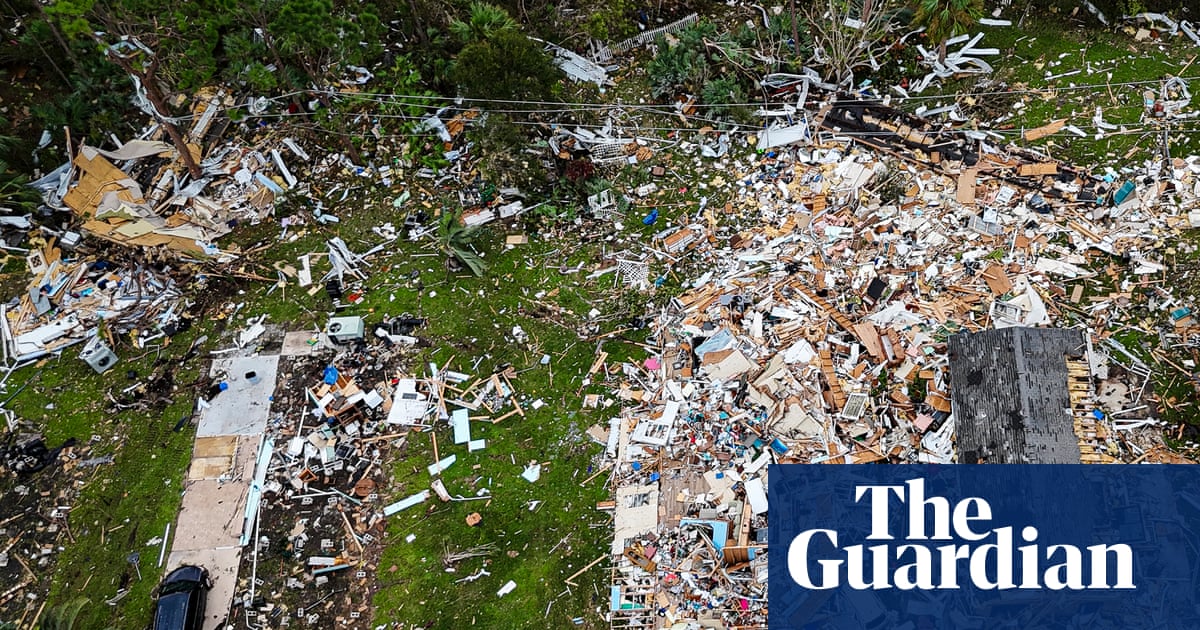Much like the well-known climate threshold of 1.5 degrees Celsius, the importance of critical limits in our environment have long been understood as key to help us avoid calamities. So, when we know the world is facing an escalating antimicrobial resistance (AMR) crisis, but there has been no definitive tipping point established, that leaves us on a potentially perilous path.
This week, the World Health Organization (WHO) published a report that suggests we may have now reached such a critical threshold.
Drawing on data from more than 100 countries, the report found that drug-resistant infections have risen significantly in recent years, representing a third of all infections in some regions.
These findings add to a growing body of evidence to suggest the most difficult-to-treat infections are beginning to outpace antibiotic development, either because the right antibiotics are not reaching the people who need them, or because they are not being developed in the first place. As a result, the number of AMR deaths is expected to increase sharply, by 70% by 2050.
Given the amount of focus and funding that is going into encouraging drug companies to invest in research and development, the message we need to take from this is that it is not enough to just develop new antibiotics.
They have to be the right antibiotics, those that target infections that have the greatest public health impact. That is not the case. There are about 90 antimicrobials in clinical development, and of the innovative ones – not variants of existing antibiotics – only five target at least one of the WHO “priority pathogens” – the multi-drug-resistant infections that pose the greatest threat to people. In other words, we are failing to replace the antibiotics that are being lost to resistance and, as the WHO report shows, the consequences are finally beginning to be felt.
The situation is not helped by a severe lack of data. Despite huge progress in improving AMR surveillance across the globe, gaps in our data persist, particularly in many low- and middle-income countries where the burden of disease is greatest.
What we do know is that people aren’t getting the antibiotics they need. Research carried out by my organisation this year found that of more than 1.5m cases of what are known as Gram-negative infections – serious and difficult to treat bacterial infections – in eight poorer countries, the appropriate antibiotics were available on average in just 6.9% of cases. In some countries, it was as low as 0.2%.
A radical shift is needed, not just in the AMR response but also in the narrative. Until now, the latter has focused rightfully on the overuse of antibiotics. That is no longer enough. To avoid the tipping point, we also need to address the lack of access that is also driving AMR. Because if the right antibiotics aren’t developed or made available and if infections are allowed to go untreated, it gives bacteria the opportunity to spread and develop resistance, making infections more difficult to treat in the long run. The way to avoid that is to focus efforts on accelerating antibiotic innovation and on efforts to increase their appropriate use.
It will be important for the world to recognise and acknowledge that we have reached this tipping point. Almost exactly a year ago, when the AMR political declaration was adopted at the UN general assembly, new targets were also agreed upon. These included strengthening global health systems, taking a “One Health” approach to coordinate efforts across human health, animal health and environmental sectors, and targets on strengthening diagnostics and reducing mortality.
Yet, one year on and it feels like much of the political momentum around tackling AMR has already vanished. And that critical threshold to gauge how close we are coming to danger is missing. While this latest report provides more evidence to support the idea that the rise and spread of multi-drug-resistant infections is now outpacing antibiotic development, we still have no established metric.
Without that definition, the danger is that we will continue to sleepwalk into a global health disaster.
The good news is that we can potentially come back from the brink. Unlike the 1.5C climate change threshold, widely recognised as a point of no return, with AMR a reversal is possible.
At some point in our lives, every one of us is likely to need treatment with antibiotics. Given the widespread medical use of these drugs and their pretty much unparalleled impact on our lives, we really can’t afford not to.
Dr Manica Balasegaram is executive director of the Global Antibiotic Research and Development Partnership

 1 month ago
46
1 month ago
46

















































